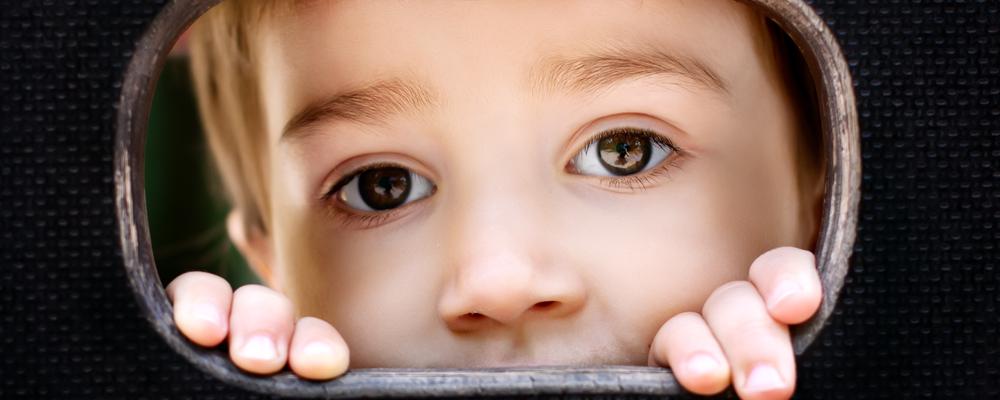
Hey kid!
Gunilla Westman Andersson's latest blog entry
[Posted 12 June, 2018 by Gunilla Westman Andersson]
The children/students outnumber the adults in both school and preschool, yet the voices that get heard tend to be those of the adults. Not too surprising, perhaps, given that the adults are the ones who bear the primary responsibility for our educational institutions. And yet, we must do everything we can to understand the child’s point of view, regardless of his/her age. Most of us can probably remember ourselves as children in situations where adults would mischaracterise our experience while speaking on our behalf. In this piece I want to try to address this need to consider the child’s perspective…
After the introduction of the Salamanca declaration in 1994, inclusion became a key term in issues of special education and in school/preschool at large. The interpretation and usage of this term varies – does it mean that everyone should be in the same classroom or is it about inclusion in a wider sense? In retrospect, much has changed in Swedish schools over the years. These days, school is obligatory for all children in Sweden. However, many students do not show up to school, and a recent survey by the Autism and Asperger Association showed that truancy is increasing among children and adolescents with autism, due to reasons identified by the parents as relating to inadequate fulfilment of the needs of the students in that category. Moreover, these students are also less likely to achieve the curriculum goals. There are probably a variety of contributing factors at play here, but it is of vital importance to try to seriously highlight as many perspectives as possible with regard to this problem.
Special education research employs a number of different perspectives, two of the more common ones being 1) the categorical perspective, which claims that the problem should be ascribed to the individual and 2) the relational perspective, focusing on the environment and its impact on the individual. These two perspectives are often pitted against each other as if one would preclude the existence of the other. The question is whether this would even be possible, an idea that has both been addressed and problematised by several researchers in the field of special education. From an inclusive perspective, we need to examine individual needs and circumstances and put these into a larger perspective, where the adults must always be responsible for shaping the environment in such a way that all children are able to develop. If this means that everyone can develop and feel good in for example a large classroom, or if instead some children for different reasons might require a smaller setting and specifically tailored education methods, the question of inclusion emerges. When do our attempts at inclusion end up creating exclusion instead? This may be a difficult and slightly sensitive issue. Who has both the right and the appropriate knowledge to make that determination? In this context, I would prefer that the children be heard much more than I feel they are today. Another issue being debated in Sweden today is whether the demands of the curriculum are in line with the basic circumstances and potential of each student. If the demands are too high and even the mere act of “keeping one’s head above water” presents a constant challenge to some people, can that really be considered the kind of school that truly includes everyone?
To what extent do we consider the experiences of the child, and how might we go about doing this? This is a major challenge for teachers, headmasters, parents, researchers and other adults. Some research, though far too little, has involved asking the children directly about their experiences. I believe the first step for us as adults is to try to think critically about ourselves and think about whose values and attitudes are dominant. Do we divide people into categories that end up being exclusionary or might this even lead to a higher degree of inclusion? Are there different advantages and disadvantages of categorisation, and what alternatives are available or might be developed further?
I do not have any clear answers to these questions, what I want is to make people think and reflect on this matter. We need to listen to the children – and this is a challenge not only in the context of research, but also in school/preschool settings where evaluations are made regarding children’s needs. Many adults who have grown up with different disorders share the experiences they had as children and we must listen to and learn from these stories. The difficulty lies in continuously trying to adopt the child’s perspective as society changes around them, which further underscores the need for close collaboration between the parties involved.
We have to recognise everyone’s value and make use of everyone’s strengths, while still acknowledging the need to recognise the difficulties as well, in order to effectively provide support and understanding.
Look, listen and understand – from the child’s perspective!
[This is a blog. The purpose of the blog is to provide information and raise awareness concerning important issues. All views and opinions expressed are those of the writer and not necessarily shared by the GNC.]